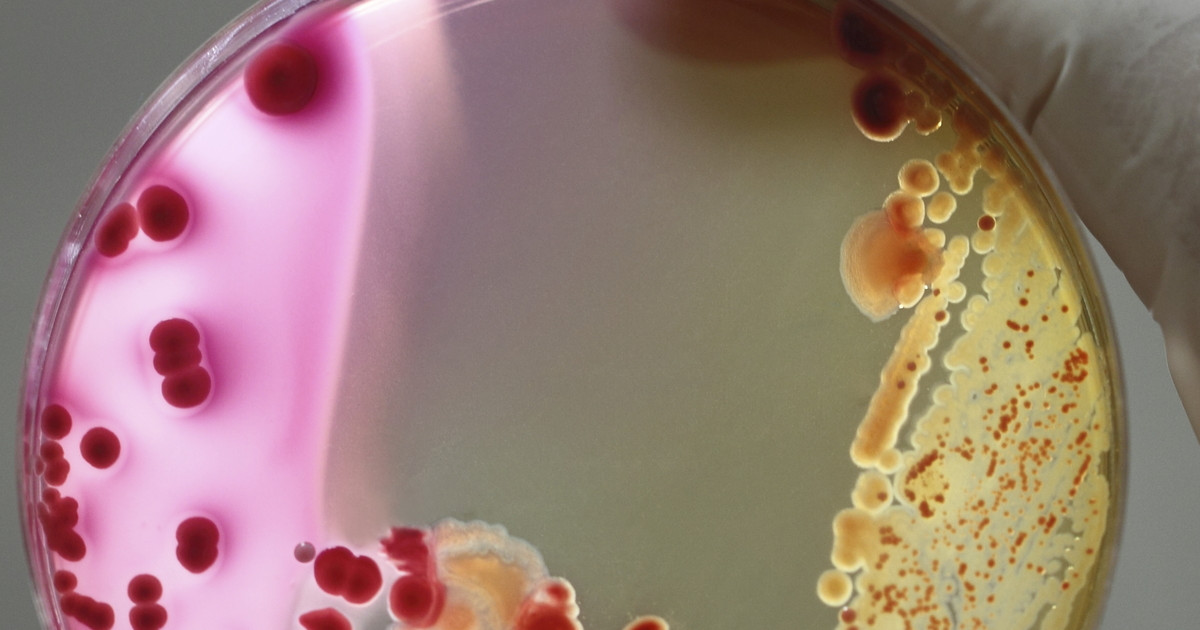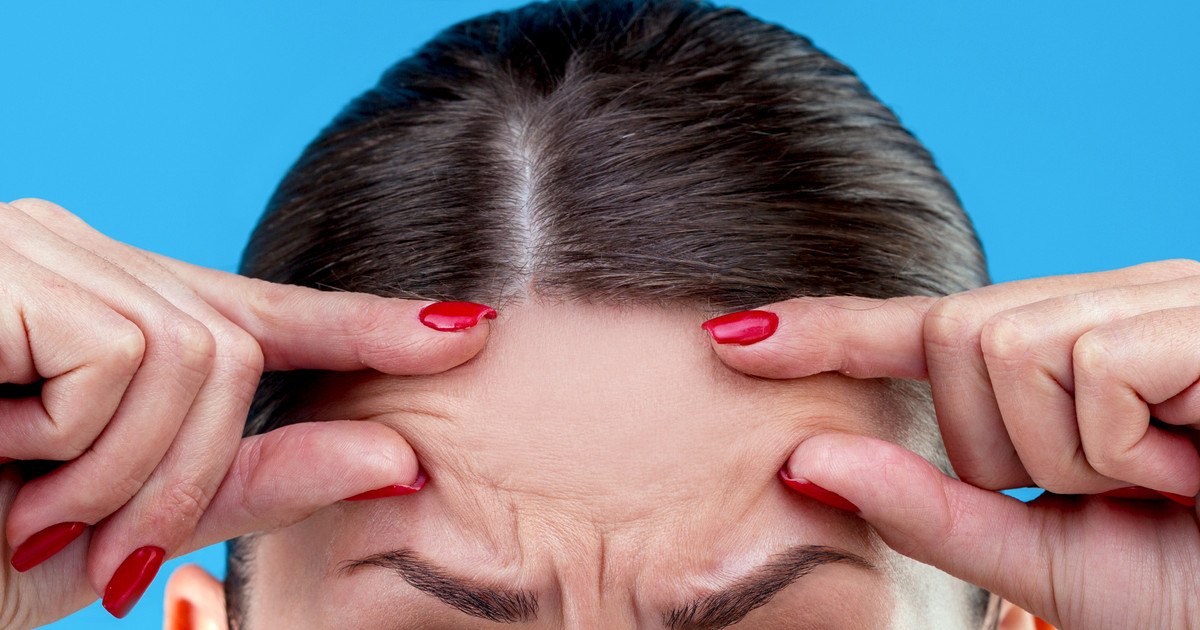Guide To Bakuchiol
Bakuchiol has been used in Indian and Chinese medicine for many years. It is derived from Psoralea corylifolia seeds and other plants. In the United States, bakuchiol is most commonly used in skincare products. It is a retinol alternative. Bakuchiol is available over-the-counter. It is in a variety of skincare products, including serums, moisturizers, and oils. Some individuals find that bakuchiol causes fewer side effects than retinol. Before using bakuchiol on the skin for the first time, patients should perform a patch test on a small area. They should check the area after twenty-four hours. If the skin is red or irritated, patients should not use bakuchiol.
Many individuals will use a bakuchiol serum or other bakuchiol products as a treatment for acne. These products also help as an anti-aging treatment. Bakuchiol is a plant-based retinol, and even a bakuchiol cream will work similarly. Of course, individuals should understand how bakuchiol works before searching for the best bakuchiol products.
How It Works

Bakuchiol, a plant extract, is a prenylated phenolic monoterpene. Scientists believe that it may help fight inflammation and bacteria. Clinical studies suggest that it can work against both Gram-positive and Gram-negative pathogens. In addition, research shows that bakuchiol appears to stop Streptococcus mutans bacteria from growing too. Although bakuchiol's chemical structure does not resemble that of retinol, studies show that the extract acts like retinol in terms of its ability to reduce lines and wrinkles.
First marketed as a topical skincare treatment in 2007, bakuchiol may also help reduce hyperpigmentation. Scientists believe that its anti-aging benefits are the result of its ability to preserve cutaneous collagen. While some of the benefits are beginning to be recognized, its mechanism of action has not been widely studied. Further research is necessary to determine precisely how bakuchiol works.
Reveal information on the uses and benefits next.
Uses And Benefits

In Indian and Chinese medicine, bakuchiol is used to treat serious medical conditions and skin issues. For example, practitioners may prescribe it to treat cardiovascular disease or osteoporosis. Bakuchiol has also been administered to treat kidney infections and cancer. Patients with psoriasis, leukoderma, and graft-versus-host disease may use it to reduce the inflammation associated with these conditions. Since bakuchiol can help reduce hyperpigmentation, it may be recommended for vitiligo. Unlike retinol, bakuchiol does not cause sun sensitivity. Thus, patients can safely apply it to their skin at any time. The antibacterial properties may help in reducing acne breakouts too.
Although bakuchiol is derived from plants, patients should still ask their doctor before using it. This is especially important if they have underlying health conditions or are taking prescription or over-the-counter medicines. Doctors can help patients understand what to expect from using bakuchiol. They may be able to provide advice about the most effective dosage or application method for particular conditions as well.
Continue reading to reveal the potential side effects next.
